How To Improve Conversion Rate In Google Ads?
Looking to boost your conversion rate in Google Ads? You’ve come to the right place! In this article, we’ll explore the ins and outs of improving your conversion rate in Google Ads, so you can get more bang for your buck.
First things first, you might be wondering, “What exactly is a conversion rate?” Well, simply put, it’s the percentage of people who take the desired action on your website after clicking on your Google Ads. Whether it’s making a purchase, filling out a form, or signing up for a newsletter, a higher conversion rate means more success for your advertising efforts.
So, how can you improve your conversion rate? That’s the million-dollar question! Don’t worry, we’ve got you covered. We’ll delve into a range of strategies and best practices that will help you maximize your conversion rate and achieve your goals.
Ready to dive in? Let’s get started on our journey to optimize your Google Ads and boost your conversion rate like a pro!
Are you struggling to improve your conversion rate in Google Ads? Follow these steps to boost your results:
- Refine your targeting to reach the right audience
- Create compelling ad copy that highlights unique selling points
- Design clear and visually appealing landing pages
- Add a strong call-to-action to encourage conversions
- Analyze your data and make data-driven optimizations
With these strategies, you can enhance your conversion rate and maximize the effectiveness of your Google Ads campaigns.
How to Improve Conversion Rate in Google Ads?
Google Ads is a powerful tool for businesses to reach their target audience and drive conversions. However, optimizing your campaigns to improve conversion rates can be a complex and challenging task. In this article, we will explore effective strategies and best practices to boost your conversion rate in Google Ads. From crafting compelling ad copy to optimizing landing pages, we will cover it all. Read on to discover how you can take your Google Ads campaigns to the next level and achieve higher conversion rates.
1) Target the Right Keywords
One of the first steps towards improving your conversion rate in Google Ads is targeting the right keywords. Conduct keyword research to identify the terms your potential customers are searching for. Use tools like Google Keyword Planner or SEMrush to find relevant keywords with high search volume and medium to low competition. Focus on long-tail keywords that are specific to your products or services. These keywords generally have higher intent and are more likely to drive conversions. By targeting the right keywords, you can ensure that your ads are reaching the right audience, increasing the likelihood of conversions.
Next, organize your keywords into tightly themed ad groups. This allows you to create more relevant and targeted ad copy, increasing the chances of attracting qualified leads. For example, if you’re running a PPC campaign for a shoe store, create ad groups for different types of shoes like sneakers, sandals, and boots. This way, you can tailor your ads to match the search intent of users looking for specific types of shoes, improving the relevance of your ads and increasing the likelihood of conversions.
Finally, regularly monitor and refine your keyword targeting. Keep an eye on search query reports and identify any irrelevant or underperforming keywords. Add negative keywords to your campaigns to exclude unrelated search terms and minimize wasted ad spend. In addition, identify high-performing keywords and consider increasing bids or allocating more budget to those keywords to maximize your return on investment.
2) Craft Compelling Ad Copy
The next step in improving your conversion rate in Google Ads is to create compelling ad copy that entices users to click on your ads and take action. Start by understanding your target audience and their pain points. What are the unique selling propositions of your products or services? How can you solve your customers’ problems or meet their needs? Use this information to craft ad copy that resonates with your audience and addresses their specific pain points.
When writing ad copy, focus on creating a strong headline that grabs attention and includes relevant keywords. Highlight the benefit or value proposition of your offer in the description and include a clear call-to-action. Use ad extensions like sitelinks, callouts, and structured snippets to provide additional information and make your ads more attractive. Test different variations of your ad copy to see what resonates best with your audience and drives the highest conversion rates.
Remember to align your ad copy with the landing page to ensure a seamless user experience. If your ad promises a discount or a specific offer, make sure that information is prominently displayed on the landing page. Consistency between your ads and landing pages not only improves user satisfaction but also boosts your Quality Score, leading to lower ad costs and higher ad rankings.
3) Optimize Your Landing Pages
Having well-crafted ad copy is only part of the equation; your landing page also plays a crucial role in improving your conversion rate in Google Ads. A poorly designed or confusing landing page can deter users from taking the desired action, resulting in wasted ad spend and low conversion rates. Here are some key optimization tips for your landing pages:
- Keep it simple and clutter-free: Remove any distractions or unnecessary elements that might divert users’ attention away from your offer.
- Ensure fast loading times: Slow-loading landing pages can lead to high bounce rates. Optimize your landing pages for speed by compressing images, minifying code, and leveraging caching.
- Create clear and compelling headlines: Your headline should immediately convey the value proposition of your offer and grab users’ attention.
- Use engaging visuals: Visual elements like high-quality product images or videos can help captivate users and increase their interest in your offer.
- Make the call-to-action prominent: Your call-to-action button should be visually distinct and clearly communicate the desired action, such as “Buy Now” or “Sign Up.”
- Include trust symbols: Boost user confidence by displaying trust symbols like security badges, customer testimonials, or money-back guarantees.
Regularly test and monitor the performance of your landing pages. Implement A/B testing to compare different variations of your landing page design, headlines, and call-to-action buttons. Track important metrics like bounce rate, time on page, and conversion rate to identify areas for improvement. By continuously optimizing your landing pages, you can enhance the user experience and maximize conversions from your Google Ads campaigns.
Key Takeaways: How to Improve Conversion Rate in Google Ads?
– Use compelling ad copy to grab attention and entice users to click.
– Optimize landing pages for relevant keywords and a seamless user experience.
– Utilize persuasive call-to-actions to encourage conversions.
– Test different ad formats and placements to identify what resonates best with your target audience.
– Monitor and analyze campaign data to make data-driven optimizations and improve conversion rates.
Frequently Asked Questions
Are you struggling to improve your conversion rate in Google Ads? Don’t worry, we’ve got you covered! Here are some commonly asked questions to help you understand how to boost your conversion rate in Google Ads.
1. How can I optimize my ad copy to improve conversion rate?
When it comes to ad copy, it’s important to remember two key principles. First, make your message clear and concise. Use compelling and persuasive language that grabs the attention of your target audience. Second, highlight the unique selling points of your product or service. What makes you stand out from the competition? By emphasizing these factors, you’re more likely to attract clicks and conversions.
Additionally, don’t forget to tailor your ad copy to match the intent of the user. This means conducting keyword research and understanding the specific needs and desires of your target audience. By aligning your message with what users are searching for, you’ll increase the chances of converting them into customers.
2. How can I improve my landing page to increase conversions?
One of the most crucial elements in improving your conversion rate is having a well-designed landing page. First, ensure that your landing page is visually appealing and easy to navigate. Users should be able to find what they’re looking for quickly without any distractions or confusing elements.
Next, focus on the content of your landing page. Clearly convey the value proposition of your product or service. Use persuasive language and highlight the benefits for users. Make it easy for them to take the desired action, whether it’s making a purchase, filling out a form, or signing up for a newsletter. Lastly, optimize your landing page for mobile devices, as a significant portion of traffic comes from mobile users. A mobile-friendly landing page ensures a seamless user experience and increases the chances of conversion.
3. What role does targeting play in improving conversion rate?
Targeting is a crucial aspect of improving your conversion rate in Google Ads. By reaching the right audience, you increase the likelihood of converting them into customers. The first step is to define your target audience. Conduct market research and create buyer personas to understand the demographics, interests, and behaviors of your ideal customers.
Once you have defined your target audience, utilize targeting options in Google Ads, such as location targeting, demographic targeting, and interest targeting, to narrow down your reach. By showing your ads to the right people, you’ll increase the relevance of your ads and improve the chances of converting users into customers.
4. How can I optimize my bidding strategy to improve conversion rate?
Finding the right bidding strategy is essential for improving your conversion rate in Google Ads. Start by analyzing your past performance data. Identify the campaigns, keywords, or ad groups that have generated the highest conversion rates. Allocate more budget towards these high-performing areas to maximize your return on investment.
Another effective strategy is to use automated bidding options offered by Google Ads. These algorithms optimize your bids in real-time to achieve the best conversion rate possible. However, always monitor and review the performance of automated bidding to ensure it aligns with your goals. Regularly test different bidding strategies to find the one that works best for your business.
5. How can I track and measure the effectiveness of my efforts to improve conversion rate?
Tracking and measuring your efforts is crucial for understanding the effectiveness of your conversion rate optimization strategies. Start by setting up conversion tracking in Google Ads. This allows you to monitor the number of conversions and the specific actions taken by users on your website.
In addition to conversion tracking, utilize Google Analytics to gain deeper insights into user behavior and the performance of your landing pages. You can track metrics such as bounce rate, average session duration, and conversion funnels. By analyzing this data, you can identify areas for improvement and make data-driven decisions to optimize your conversion rate.
No Conversions in Google Ads … Do This
Summary
Improving your conversion rate in Google Ads is important for your online advertising success. To do this, start by targeting the right keywords that are relevant to your business. Create compelling and engaging ad copy that grabs the attention of your audience. Make sure your landing page is user-friendly and optimized for conversions. Test and experiment with different ad formats, placements, and bidding strategies to find what works best for you. Continuously analyze and optimize your campaigns by monitoring key metrics such as click-through rate and conversion rate.
Remember, it’s all about getting people to take action and convert into customers or leads. By following these tips and staying proactive, you can improve your conversion rate and make your Google Ads campaigns more successful.

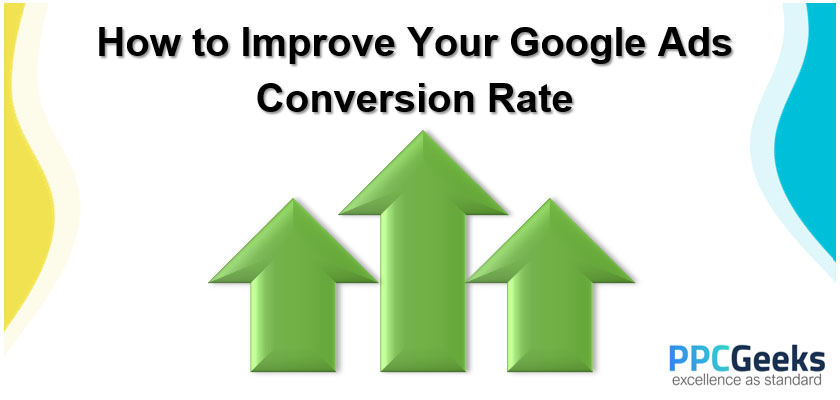

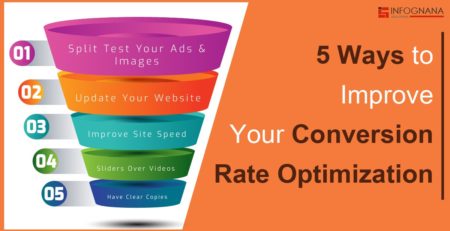
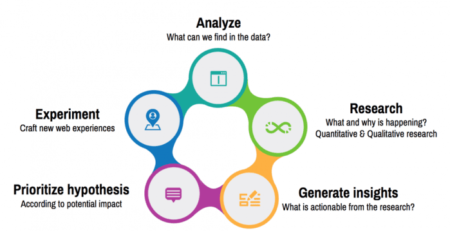






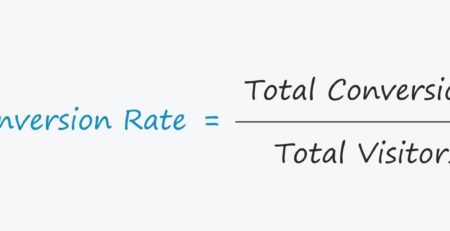
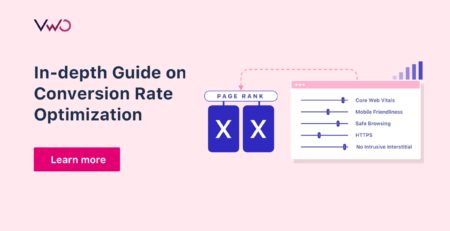
Leave a Reply